Skidmarks - Electric Love
I love electric vehicles. No, I really love electric vehicles. I didn’t used to love them so much, and you may not, either. But then I rode one and fell in love.
It wasn’t love at first sight. My first EV experience was back in 2009, when I rode Zero Motorcycle‘s early version of its S supermoto-styled machine. It was probably the most boring and disappointing test I’ve done of a motorcycle. The $9,950 motorcycle topped out at about 55 mph, had a claimed 60-mile around-town range (it would probably go less than 20 miles on the freeway) and accelerated like a 250cc scooter. The bike was light, but it also had an uncomfortable seat, a weird riding position, and odd tire sizes. It was much more like a fast and heavy electric bicycle than a serious alternative to a gas-powered motorcycle.
2010 Electric Motorcycle Shootout
At the time, I optimistically predicted that in 10 years half the motorcycles sold would be electric. I was really, really wrong. It turns out that battery technology doesn’t really advance at the rate of Moore’s law (which observes that computer power and memory storage approximately doubles every two years). It doesn’t even advance at the rate of Jude Law. Instead, it seems to advance – or more accurately, decline in cost per kilowatt-hour of capacity – at about 8% annually. Good, but not enough to reach parity with gasoline anytime soon.
Gasoline, despite being absurdly dangerous, is very cheap and energy-dense stuff. For about three dollars, six pounds of gas can propel my 450-pound motorcycle 40 miles at freeway speeds. Contrast that with the $10,000 (estimated cost), 150-ish pounds of batteries in Zero’s 2015 12.5-kWh models which will take that 450-pound (with Power Tank) motorcycle about 70 miles at 70 mph. That means (roughly) that the lithium-ion batteries that are the current (har har!) state of the art need to be about 10 times more energy dense and a whole lot cheaper to beat gas. That’s not going to happen before 2019. Sure, there are plenty of promising new battery-storage technologies (the tech blogs seem to announce a new one every week), but they’re all in the lab right now, years away from being finished products.
That sounds grim for fans of electromobility, but things are progressing as efficiencies and small improvements make the technology more user friendly. The incremental improvements to the Zero, for instance, have changed the S from a goofy conversation piece into a serious and practical commuter. Charge times are getting shorter, and the bikes are getting cheaper. I don’t think we’ll see $10,000 motorcycles that go 200 miles on the highway and charge in 15 minutes before 2020, but I do think almost every OEM will offer an electric motorcycle by then. Most of these models will offer 150 miles (or more) of range, a quick-charge time of an hour or less and a sticker price that will still be shocking (holy crap, I’m on a roll!), but not more than a heavyweight cruiser or open-class superbike.
I think the technology is there now to achieve these goals, but the OEMs won’t be able to meet them without volume sales. We’re close to seeing that with cars: BMW has tooled up to build the innovative i3, Nissan has sold 171,000 Leafs since 2010, and Tesla‘s Model S is now parked in 66,000 garages. Expect that number to go completely crazy when the Tesla Gigafactory starts gushing out enough batteries for 500,000 cars per year by 2020.
Panasonic, a partner in the Gigafactory, makes batteries for all kinds of applications, so motorcyclists could benefit from that vast economy of scale as well. With batteries maybe 20-40% more efficient and charging technology similarly improved, we could see the kind of motorcycle that’s a unicorn today – a high-performance, affordable, long-range vehicle that charges in a 30-minute riding break.
I don’t need such breakthroughs. I’m enjoying the benefits of electric transportation today. I drive a plug-in hybrid car with a 20-mile range on battery power that turns in about 40 mpg when the battery runs dry. Twenty miles is all I need for around-town errands, so I burn very little gas for personal use. My wife just leased a Fiat 500e, and it’s pretty amazing. It can go over 90 miles on a charge, but for her round-trip commute to work she only needs about a third of that. It’s silent, peppy, effortless to drive and park and might be the most fun car I’ve ever driven – like a 90-mph golf cart with a roof. The money we save in gas almost pays for the lease.
However, I’d gladly drop every electric car ever made in the crusher for the chance to own an electric motorcycle. I love electric motorcycles not for the gas savings or the tech-geek coolness or the overrated environmentally friendly image (battery production is pretty hard on the environment, even if the carbon footprint is reduced in the end, which is why I think the only truly environmental act is self-immolation), but for the unique and magical experience an electric motorcycle affords. No shifting, no noise, no vibration and 100% of available power at 1 rpm (theoretically). If 10,000 engineers were paid billions of dollars, maybe they could build an internal-combustion engine like that after 10 years. Probably not, as they’ve already been trying to do that for the last century and seem to have neared the peak of engine development. Anyway, why bother? We’ve had electric motors for 180 years. They work pretty fricking well.
The bottom line is I love electric motorcycles because they’re the closest thing we have to a magic carpet. If the perfect motorcycle transmits all the experience of the ride without imposing anything between the rider and the road, electric propulsion is the clear answer. An electric motorcycle is the best way to convert you into a mere grinning, disembodied head, hurtling through space and time. That’s why they don’t need to be that much better. Sign me up, I’m ready for the ultimate ride.
Gabe Ets-Hokin is available in Cool Mint, Wild Berry and new Peppermint Blast at participating Quik-Stoppe markets.
More by Gabe Ets-Hokin



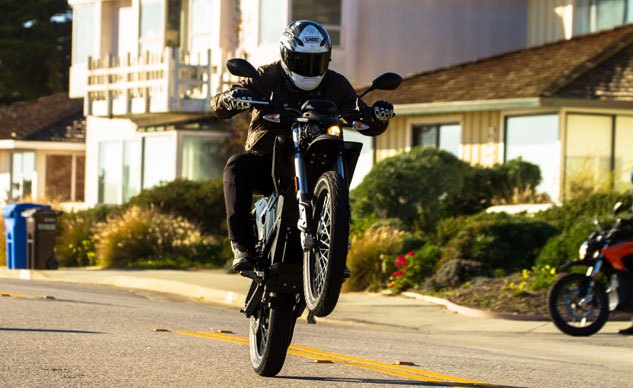
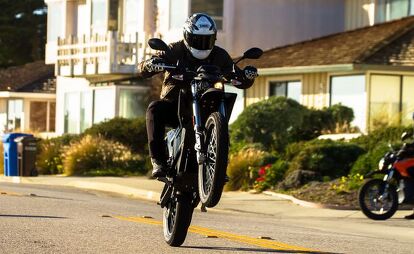









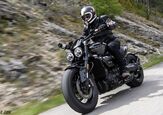




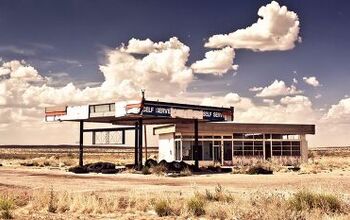
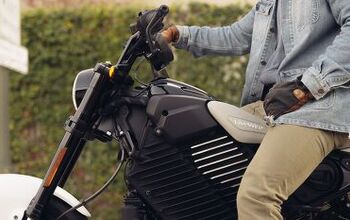















Comments
Join the conversation
I don't understand the obsession with silence or even saving money. Riding a motorcycle is an adventurous, sensual experience where Motor grunt, gear changing, acceleration roar are all part of the experience. If riding was just about being rational, practical, and saving money, than most people would switch from motorcycles to scooters. I own an Aprilia Magna, essentially a large scooter that resembles a motorcycle. Not until i changed the exhaust out to a Leo Vince did it do anything for my pulse. It was surprisingly fast yes, but boring. Now it looks like a bike AND sounds like one.
As for saving money, who needs it? Most of us are riding for the thrill, not counting pennies. With all the used gas bikes out there, costing half or even a third of their original price, it will be quite awhile for the electric bikes to challenge cost.
They really work. I've been saying it since 2009.